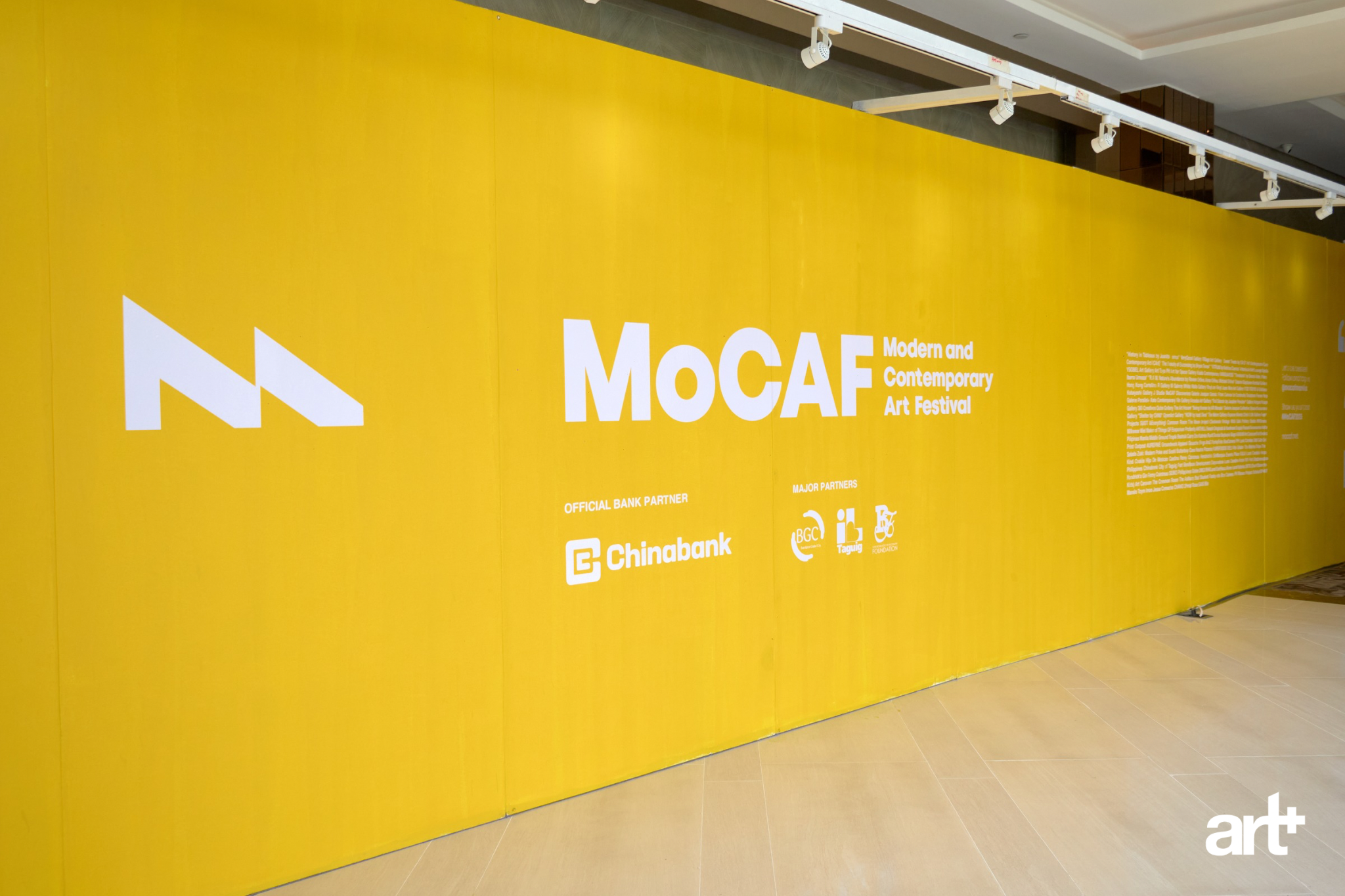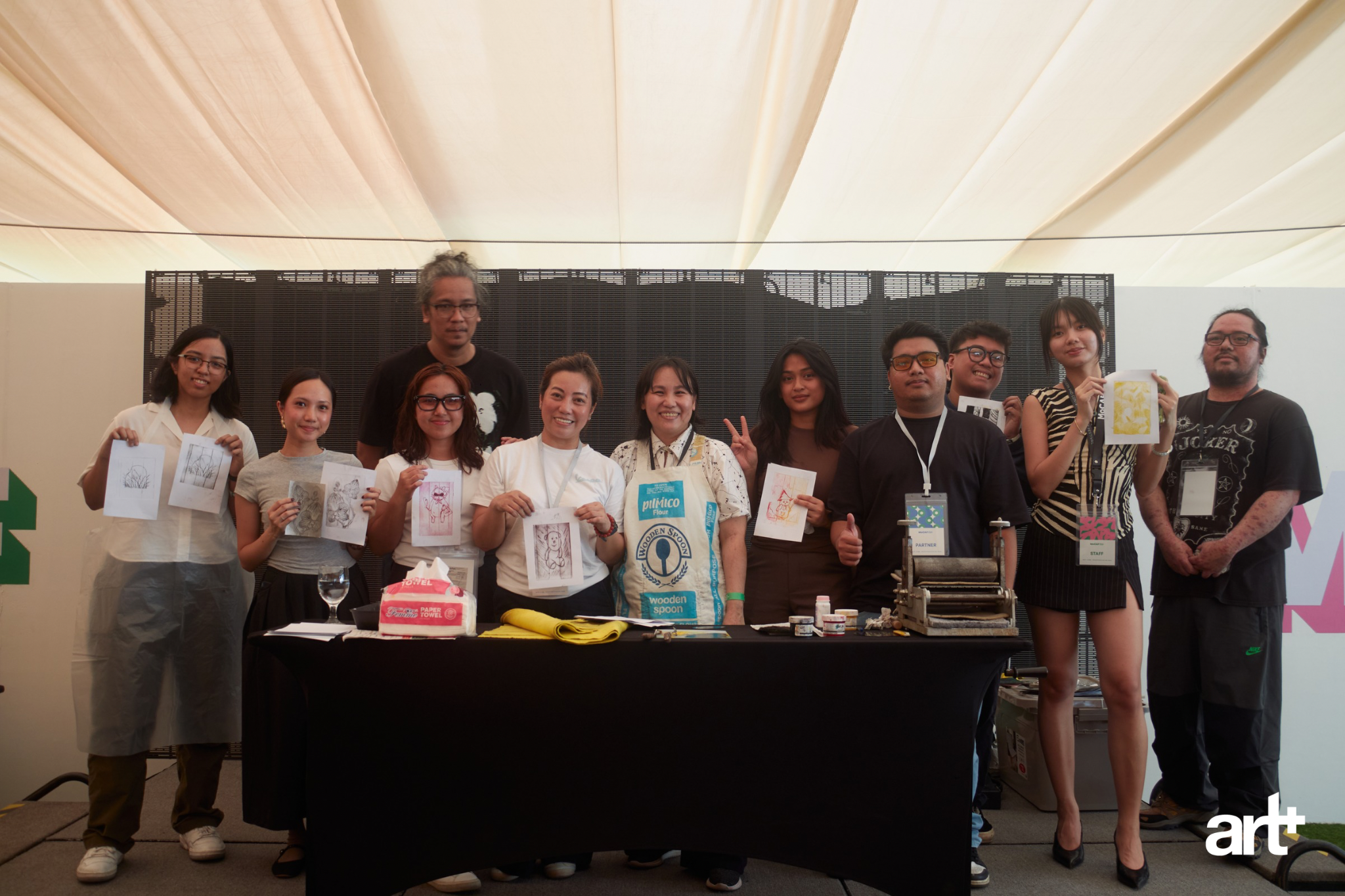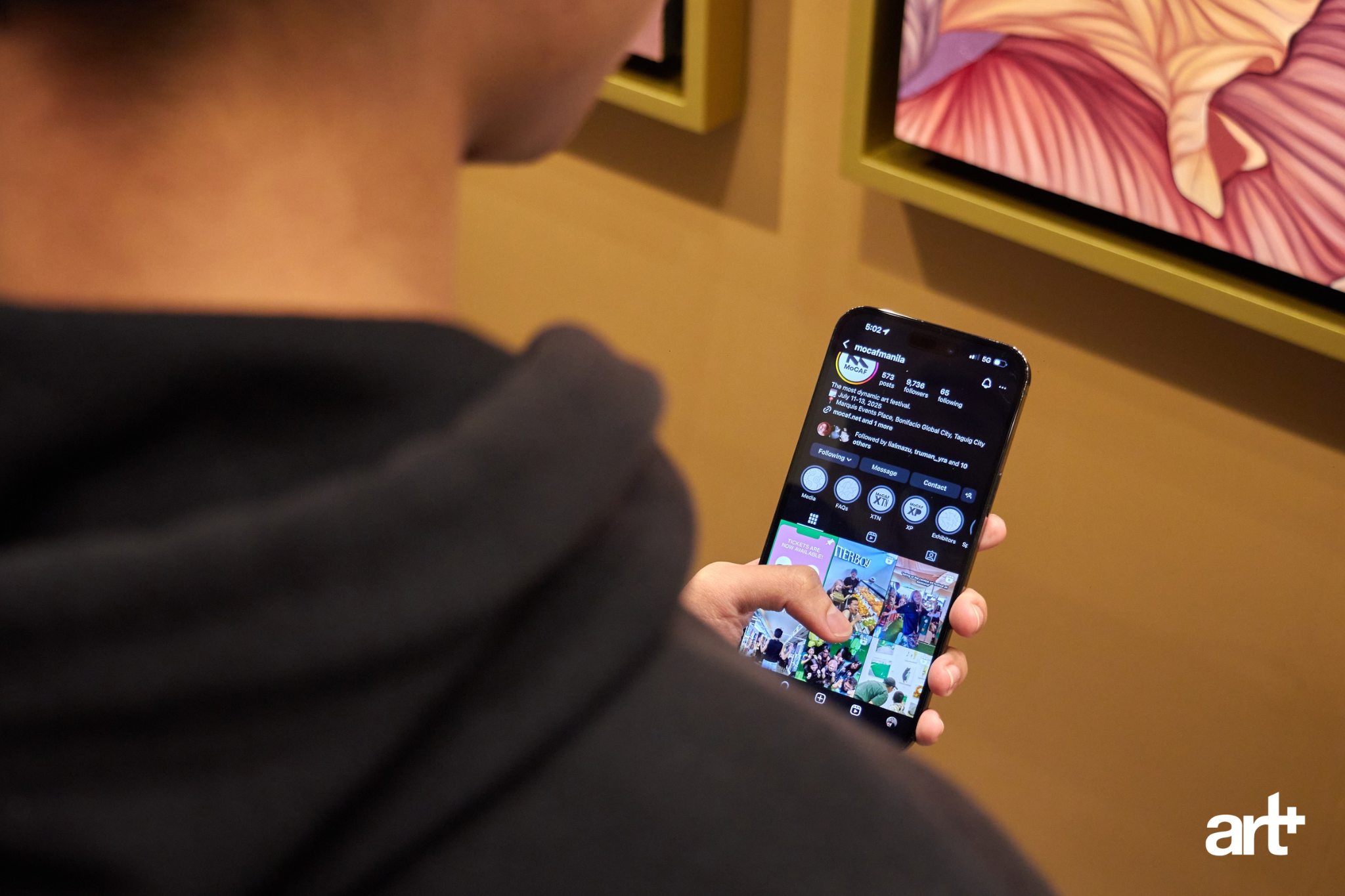Art Where You Are: Making Art More Personal
MoCAF’s hands-on approach brought contemporary art closer to people and everyday life.
Words Alecxis Bianca Libang
Photos courtesy of Derek Pedrialva
July 15, 2015
In the Philippines, contemporary art is often associated with white walls, gallery openings, and limited audiences. Events tend to cater to collectors or insiders, leaving casual viewers unsure of where, or whether, they fit in.
In recent years, there has been a visible shift toward more casual, accessible forms of art engagement. From pop-ups to artist-run events, a growing movement is emerging to bring art closer to the public.
MoCAF (Modern and Contemporary Art Festival) is a prime example of this shift. Held at the Marquis Events Place in Bonifacio Global City from July 11 to 13 and now in its fourth year, the fair has positioned itself as a platform that not only showcases Filipino contemporary art but also invites a wider audience to participate in it, demonstrating how art events can be designed not only for visibility but for personal connection.
Art for all
While MoCAF’s core remains an art fair, its broader programming reflects a more inclusive vision. MoCAF Artisans introduced local crafts, homeware, and lifestyle products, while XP events included hands-on workshops such as casting, mold-making, and DIY accessories. These formats allowed visitors to engage with art through participation, not just observation.
Carlo, an attendee, shared how the setup made creative spaces feel more accessible. “I like going to creative spaces, but in Manila, I don’t know many places to go. Festivals like this make it easier because everything’s in one place–I don’t need to look for individual galleries.”
Artist Isaiah Cacnio added that the fair helped him reach younger audiences. “It helps because I want to attract younger audiences with a new kind of art.” This sentiment was echoed by artist Megs Empinado of Mecha Souls, who highlighted the diverse range of the festival’s attendees.
Where art talks back
MoCAF emphasized direct engagement. Many exhibiting artists were present at their booths, allowing open dialogues.
Sean, an attendee, appreciated seeing the process behind the work. “We only see the finished product, but we don’t see the process. It’s very important that people have the knowledge that the art is also within the process.”
Attendee Sharmaine described how the setup changed her viewing experience. “People were approaching you and trying to explain the paintings to you, rather than you approaching them. It felt like art was also approaching you. I think this gives you the space and time to freely absorb the meaning of the art rather than just pass by it.”
This level of interaction made the experience feel less like a presentation and more like a conversation.
Beyond the screens
MoCAF’s visibility was amplified through its strong social media presence. Event previews, artist highlights, and guest posts helped attract audiences who may not have attended otherwise.
“Since MoCAF keeps on posting about it, it helps with reaching an audience,” shared artist Paola Germar of Kaida Contemporary.
Artists like Isaiah Cacnio, who works in new media, also utilize social platforms as part of their outreach. “I wanted to convey a teaser that is also moving through social media,” he said.
But many found that the in-person experience had a greater impact. “I thought it would look smaller,” Sean admitted, “but being here, it’s way bigger and better because you get to see more.” Sammie added, “If you see it online, you won’t get the full experience. Here, you go through the entire space and experience the artwork in real life.”
Art that lingers
MoCAF 2025 stood out not just for what it showed, but for how it made art feel close. By designing the festival around interaction, access, and presence, it quietly challenged the idea that art only exists within gallery walls or academic conversations. At MoCAF, art wasn’t positioned above its audience–it was placed beside them.
The result was a viewing experience that didn’t end at the exhibit floor. For many, the festival became a way to reflect on how art blends into everyday life, how it lives in the stickers on your laptop, the prints taped to your bedroom wall, the conversations that linger after you leave a booth. Art became less about consumption and more about connection.
MoCAF reminded its audience that art is not only something we look at. It’s something we carry. It informs how we see the world, how we express ourselves, and how we relate to others. In making art more personal, MoCAF made it easier to recognize ourselves in it, not just as viewers, but as part of the larger story it tells.






